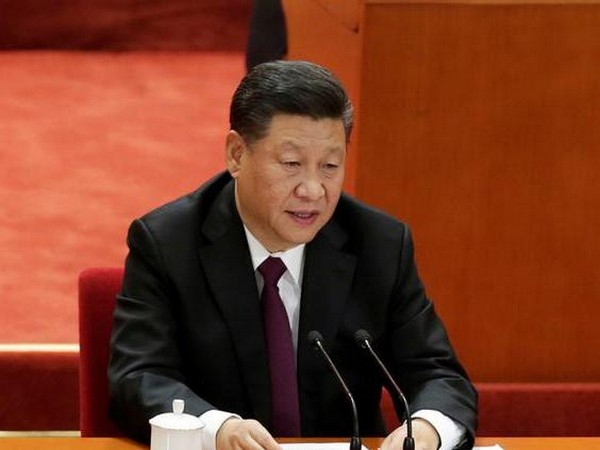China needs to improve its lending practices in the developing world, especially in terms of transparency in the loans it provides, according to the World Bank President. “We are working closely with China to encourage more transparency in their (China’s) lending to developing countries which is actually a sizeable problem,” said World Bank President David Malpass. Speaking at an event in Warsaw, Malpass describing the extent of China’s lending practices.
“China is now one of the world’s big creditor nations, especially in the developing world… in terms of the official credit that has been provided to the 75 low-income countries, China is owed nearly 60 per cent of that credit.” The World Bank head also talked about supply chain dependencies and said that it is a good thing that countries are reducing their dependency on China.
“The world is working to reduce the dependency on supply chains from China and that diversification is good for everyone,” he said. He also commended China for its “rapid economic growth” over the past few decades, while adding that recent events, especially the COVID-19, have created major setbacks. “The world needs China to be a good producer and a consumer and a part of the value system that was described, I don’t know if that will happen… They are a major shareholder in the world bank and we work well with them,” Malpass said, adding, “Our program in China… has become smaller in recent years because China has done well and has moved to less dependency on world bank lending.”
The comments come at a time when smaller countries are adopting a more cautious approach toward Chinese loans, which have become notoriously known as “debt traps”. Notably, just a few weeks ago, Nepal, in a toughened stance towards Chinese loans made it clear that in Belt and Road Initiative (BRI) projects, preference should be given to grants but if a loan is required then the loan interest should not go beyond two percent, and that repayment time for the loan should be decided based on a mutually agreed timeline.

